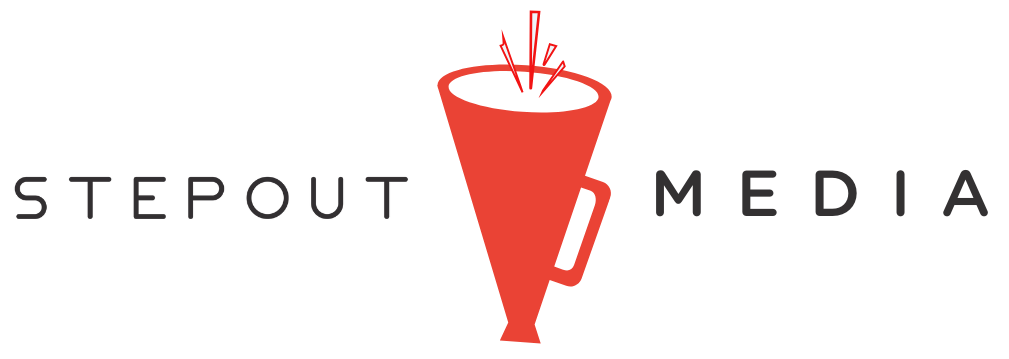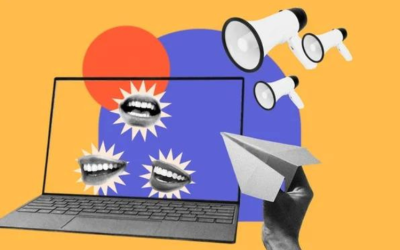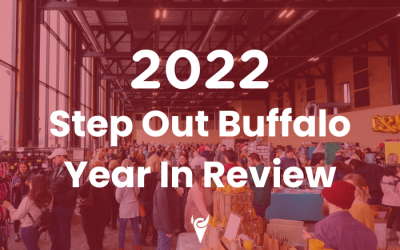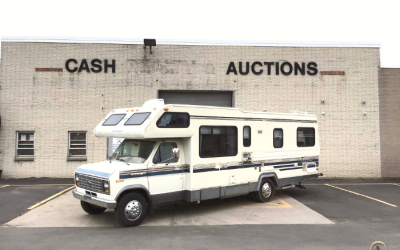If we’ve learned anything in 2020, it’s that there is so much more that we cannot control than we realized
…and that includes much of what’s happening with COVID spread, regulations, and economic impact.
That being said, we’ve put together tips on what you CAN control, from taking proactive measures to avoid COVID from entering your workplace, how you respond when it does affect your staff, and pro-active steps you can plan now to minimize a shut down or outbreak impact on your operation later.
1. Preventative Measures you can and should be taking:
Screen your staff, DAILY! There are numerous platforms you can be using (payroll/time clocking systems, Google Forms, etc.) to survey your staff before they come to work each day. You should be asking if they’ve been exposed, have symptoms, have traveled, or tested positive for COVID in the last 14 days. This is the best way to cut COVID off at the pass, and it’s technically required. You can also take temperatures daily.
Have staff work remote whenever possible. This is the easiest way to avoid spread. Where this isn’t possible, at least follow, and even go above and beyond the state requirements for distancing, wearing masks, closing shared work space, etc.

2. Easy steps to follow if an employee has a scare or tests positive:
There are different options for essential and non-essential businesses in whether an employee can return to work after exposure, testing, etc. Know what’s required, decide if you want to go further, and make a plan NOW to decide how to respond, to avoid chaos and inconsistency (and therefore lawsuits, lost time and money!) later. Here’s at least what you are supposed to be doing:
Scenario 1: If your employee was exposed to someone who’s tested positive, but has no symptoms.
The employee should stop coming to work, and should immediately go get tested.
If you are a non-essential business and regardless of whether the employee tests negative or positive, the employee should remain out of work until 14 days from the date of exposure has passed.
- If the employee starts showing symptoms at all during this time, they should be tested again, and if they test positive, they need to remain out of work until 10 days from original symptoms have passed AND they have not had symptoms for 24 hours (primarily fever).
If you are an essential business, the employee can continue to come to work while waiting for their results, but must wear a mask and gloves at all times. (we recommend keeping them out until you have the results).
- If the employee tests negative, this mask and glove protocol should continue through 14 days.
- If the employee tests positive, or starts showing symptoms at any point during this 14 day period, they should be sent home and not return until 10 days from original symptoms have passed AND they have not had symptoms for 24 hours (primarily fever).
You should be paying employees FFCRA leave during the time missed (up to 2 weeks). More information on that topic can be found here.
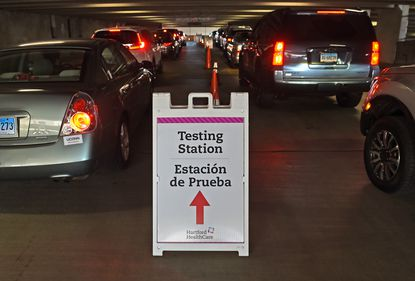
Scenario 2: If your employee has possible COVID symptoms, but has no known exposure.
The employee should stop coming to work, and should immediately go get tested.
If they employee tests negative, they can return to work as normal.
If they employee tests positive, they should follow the protocol for a positive test outlined above.
You should be paying employees FFCRA leave during the time missed (up to 2 weeks). More information on that topic can be found here.
Scenario 3: You employee traveled and is now required to quarantine.
In this case, your employee is subject to quarantining for 14 days, unless:
- They obtain a test within three days of departure, prior to arrival in New York (the test is negative).
- Upon arrival in New York, they quarantine for three days.
- On day 4 of their quarantine, they obtain another COVID test. If both tests come back negative, the traveler may exit quarantine early upon receipt of the second negative diagnostic test.
These rules are constantly changing. We recommend checking out NY.Gov for the latest if you are unsure.
You should be paying employees FFCRA leave during the time missed (it’s only the NYS they are not eligible for with travel) (up to 2 weeks). More information on that topic can be found here.

3. Steps to take now to minimize more disruption and negative repercussions later as things keep changing:
Establish a remote work policy that clearly outlines eligible roles, and the expectations and requirements when working from home. Sporadic work schedules, sketchy availability, poor network connections, etc. will all slow you down later as your team is trying together remotely. Establish the rules now so you don’t have had hard conversations and reign people back in later.
Keep records! If employees are using COVID leave now (see above) whether for child care, testing, quarantine, etc. make sure you are tracking this as well as eligibility. This has implications for receiving tax credits later, but also impacts employees eligibility for COVID and other leaves later. If they’ve used time already, you don’t want to be on the hook for providing more paid time off later if you don’t have to, but can’t prove it.
And more records! Save those screening results and other measures you are taking to prevent spread, discipline employees when they are being negligent, etc. Employer liability for COVID incidents will be a tangled web and it’s better to be safe than sorry.

Decide now what to do about additional leave needs. The Federal COVID leaves technically end at the end of 2020 and who knows if the current political situation will result in extension before then. In addition, many employees may already have used most of their eligible time earlier in the year, but will face more need for time as schools close again, they get sick, etc. Make a plan now for how you can and want to deal with this. Will you offer additional leaves, flexible schedules, remote options, or terminate employees? Also, if the employee’s need is related to their own health condition and COVID risk, you may be obligated to offer a leave under the Americans with Disabilities Act.
Look into the NYS Shared work program as an option in lieu of layoffs or terms later. Sadly, we are likely headed for another lockdown and slow winter. This program allows you to keep everyone employed, without footing the full bill, and without them losing most of their income.
Consider tools you can implement to make all of this easier. Are you getting the most out of your payroll or time tracking systems to keep track of leave? Can an existing system survey employees? How are your employees sharing work, meeting virtually, etc?

Have a question about this information, a tough situation you’re unsure how to handle, or just looking for some reassurance? We can help! Ally HR Partners helps HR people, business owners, and other people leaders who are overwhelmed or unsure tackle their problems, and strategically plan to prevent them in the future! Reach us at Emartin@AllyHRPartners.com.
This post was written by Emily Martin, Owner of Ally HR Partners LLC, a Buffalo-based HR consulting firm that helps small businesses identify and implement custom solutions to their people problems and opportunities. Often a business’ #1 expense, Ally HR Partners believes your people should be your #1 asset. Through an integrative partnership approach, Ally becomes your internal expert on all things HR including compliance assurance, performance management, and strategic HR initiatives designed to make the most out of your Human Capital. For more information about how Ally can work for you, visit AllyHRPartners.com.
